|
Museum in the making A Museum in the Making: A First Look at the Jamini Roy ResidenceUpasana Das and Vivian Sarky May 01, 2023 One of the most significant artists of India in the twentieth century, Jamini Roy was a painter whose visual language has continued to have a large impact on art and popular culture in West Bengal. Originally from Beliatore, a village in Bankura, he settled in Ballygunge in 1949, a space which he himself planned. The architecture in any old house tells the stories of the family who once lived there and the tale of the city itself. When DAG approached the artist’s family to convert the space into a single-artist museum, they were delighted at having the artist’s legacy preserved in this manner. |
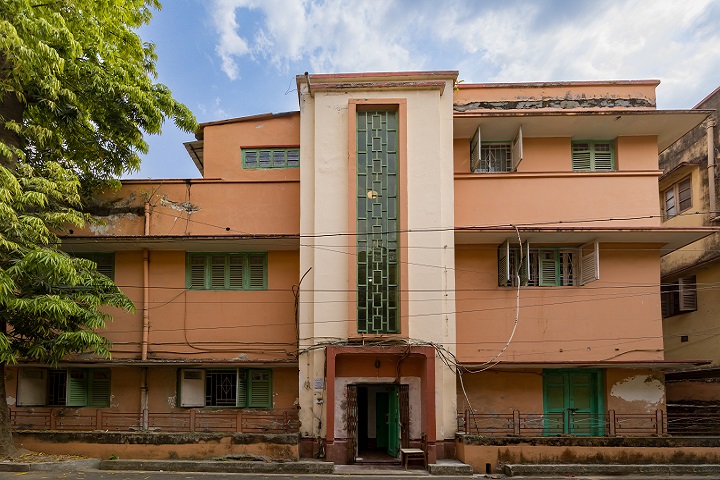
The Jamini Roy residence at Ballygunge Place
|
In the upcoming months as we progress with our plan of converting the house into a museum, here is a deep dive into the architecture and the stories within the house. We invite you to enter, take a walk with us and look at previously unseen photographs of the artist’s residence. |
|
|
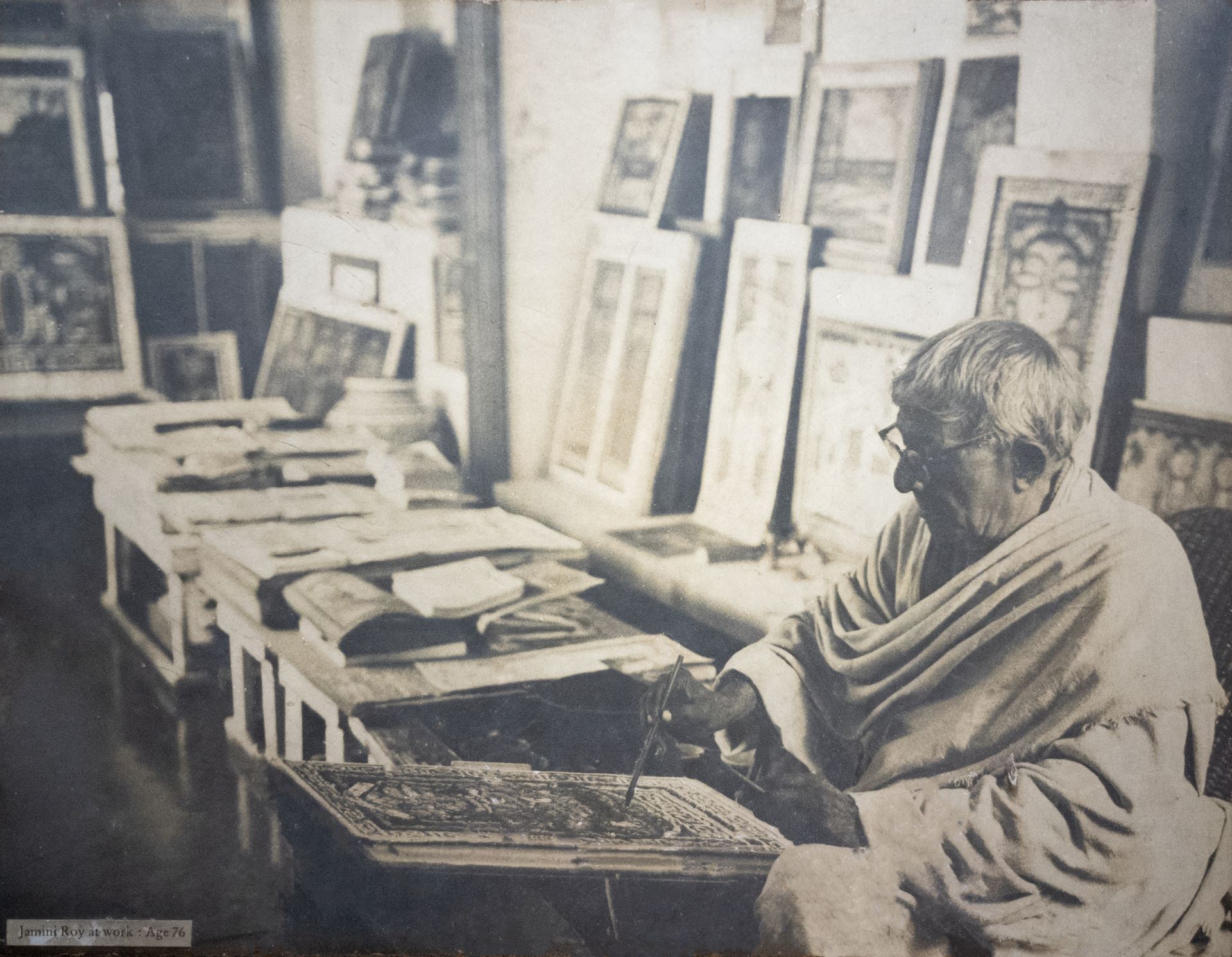
Jamini Roy at his studio

The artist's studio today

A part of the studio space that needs significant restoration
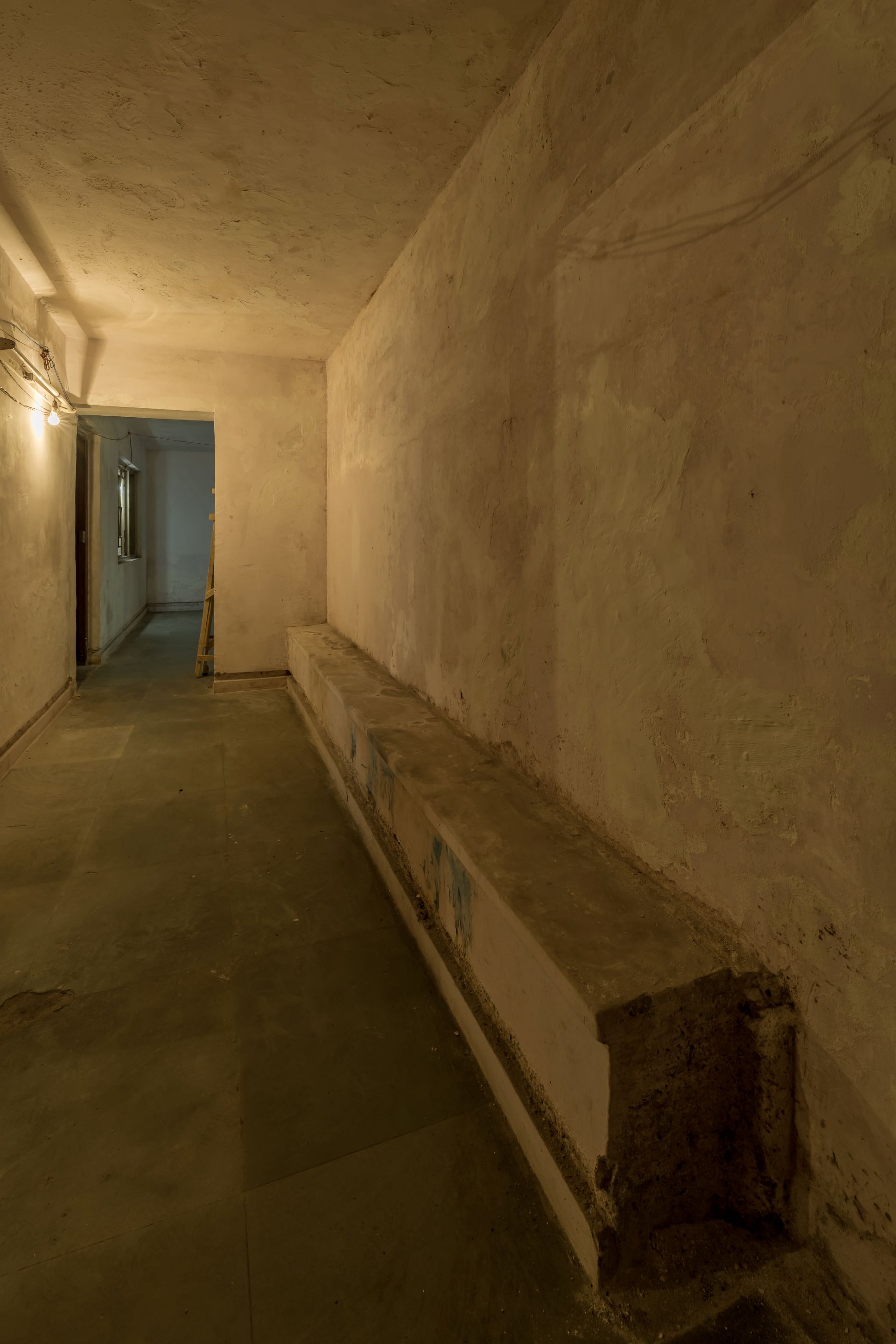
A corridor with seating that used to overlook the garden
Ratnabali Chatterjee writes: ‘The West Bengal government had announced the completion of formalities regarding the opening of a permanent gallery of Jamini Roy’s paintings in Calcutta, within the artist’s residence. The dead artist’s studio along with all available paintings were bought by the Government in 1980. The studio, a part of his house, was looked after by the artist’s son. A committee was formed, consisting of a number of distinguished artists from Calcutta, to formulate a plan of viewing for the new gallery.’ According to the family, the government had rented the studio from them for many years, but the plan for a gallery never materialised. ‘The paintings which the government acquired were moved to the NGMA in Delhi,’ said Arkamitra Roy, the great-granddaughter of the artist. Roy’s granddaughter Sanghamitra Roy recalled that Jamini Roy woke up at 3:30 am all his life. At 4 am, he would go down to the studio, where he would open all the doors and windows. |
|
House museums share compelling narratives of the personalities in an intimate space. The International Committee for Historic House Museums under ICOM acknowledges the ‘artistic, artistic, architectural, cultural, and social wealth present in historic houses’ and assists professionals in understanding their houses holistically to create effective museum spaces, conservation and restoration choices and visitor engagement. |
|
|

Details from the family apartments upstairs
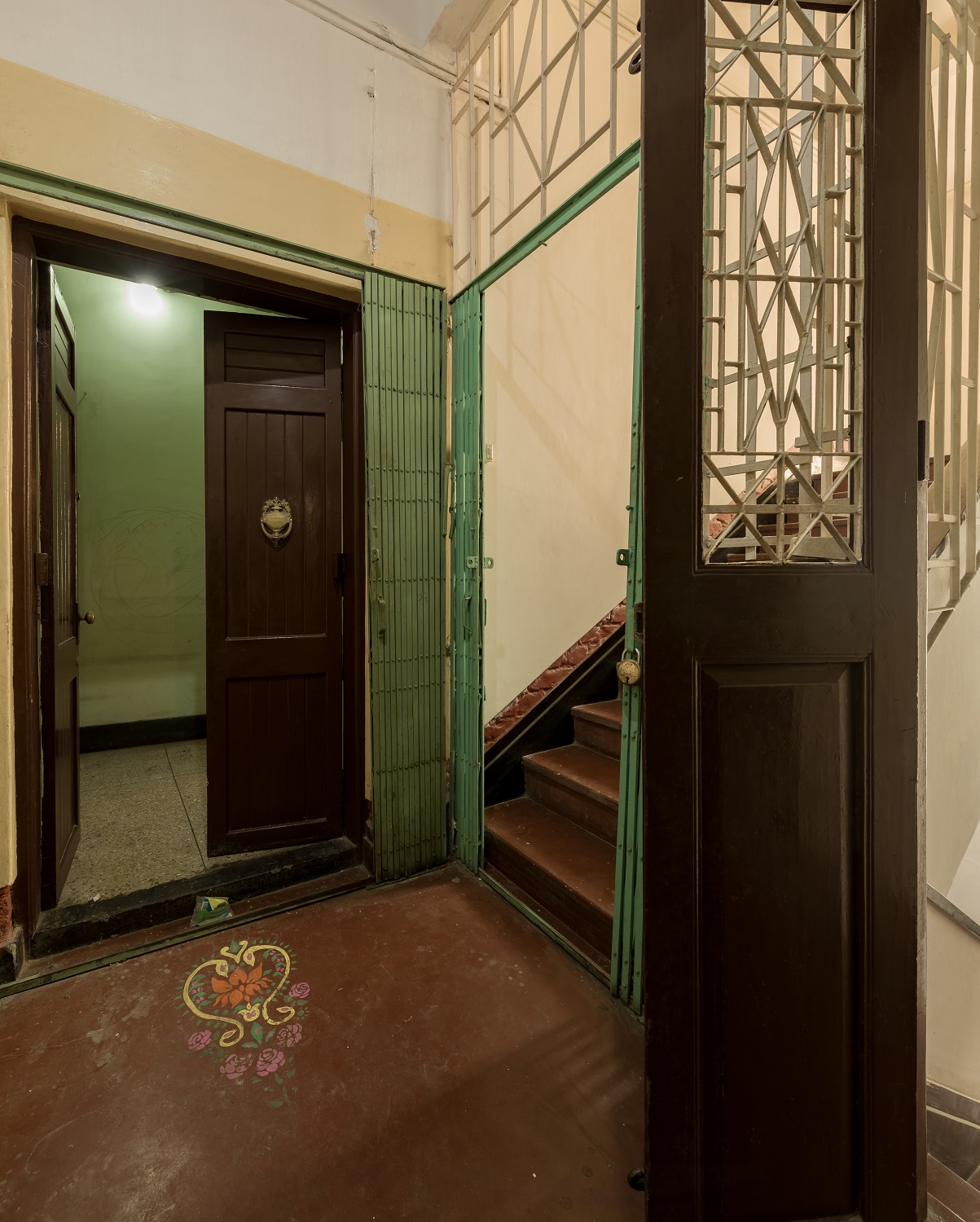
Details from the family apartments upstairs

Details from the family apartments upstairs
Jamini Roy experimented with painting styles and in his effort to evolve a distinct pictorial language, he was inspired by the post-Impressionists and Kalighat paintings. His stylistic spirit extended to the way he and his son Amiya imagined the Ballygunge residence. The first floor of the house did not exist initially, and the house architecture became a life-sized sketchpad for the artist, which was modified according to the requirements of the artist’s family. The house has many interesting quirks added by the artist. Can you spot them? |
|
Suchitra Ghosh, Roy’s granddaughter said that she remembered that the ground floor base was uneven at certain places and that she was puzzled by it. So, she asked her grandfather why he created a space where people could trip and fall. Amused, he said that it was not unusual for someone to trip a little when walking over Maa Bashumati, which is another name for the Hindu goddess Bhumi, who personifies the earth. |
|
|
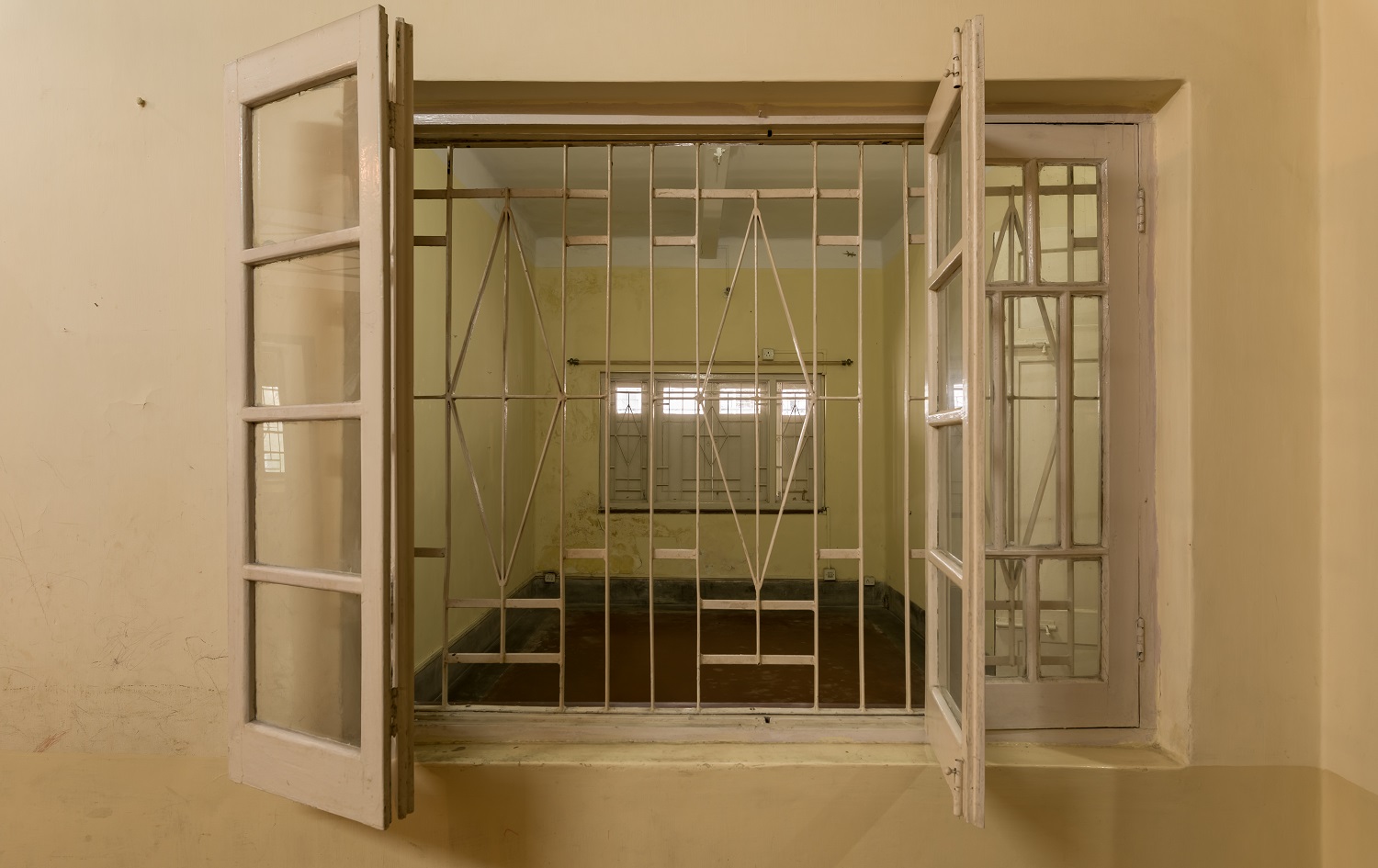
Grills designed by the artist
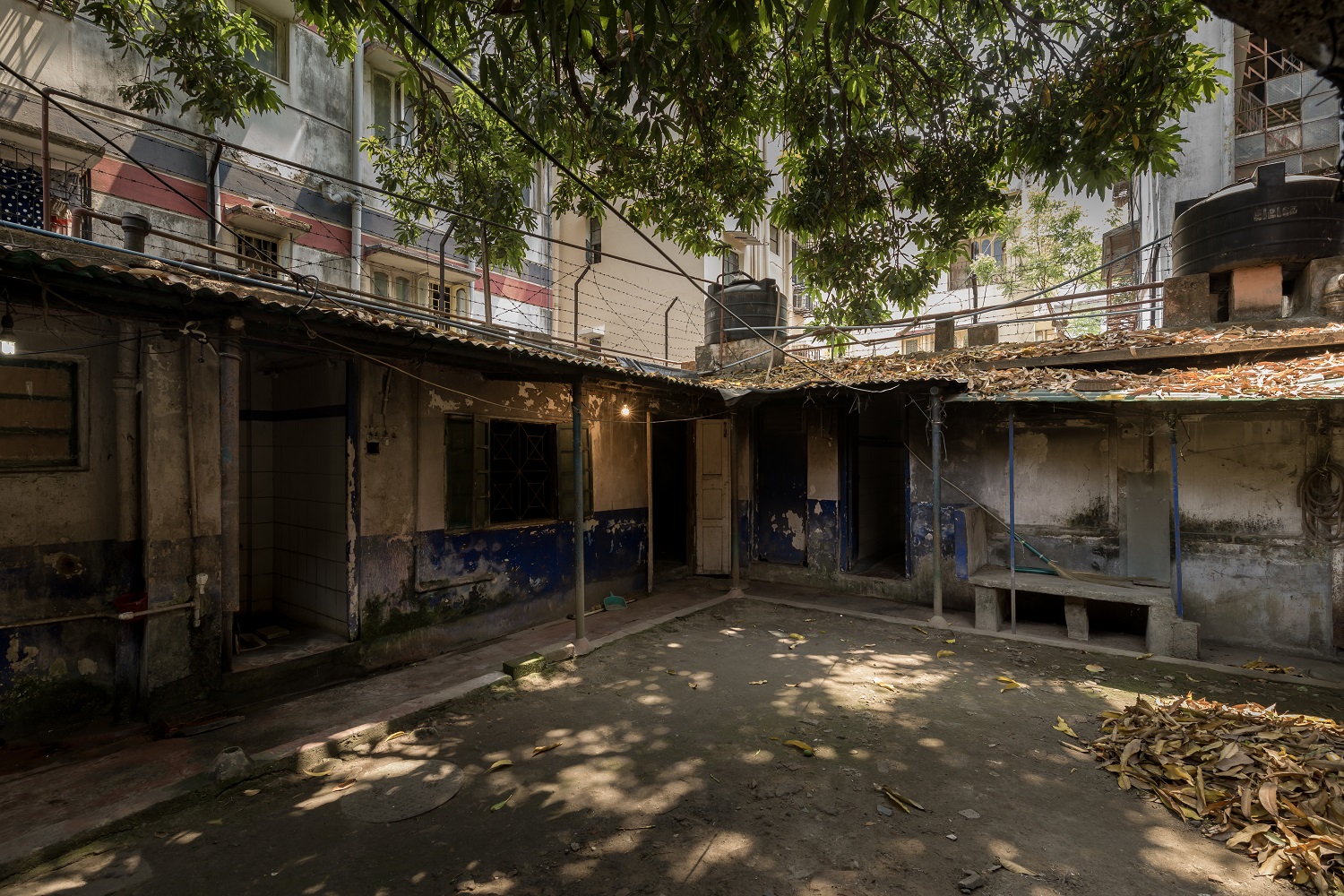
Inner courtyard
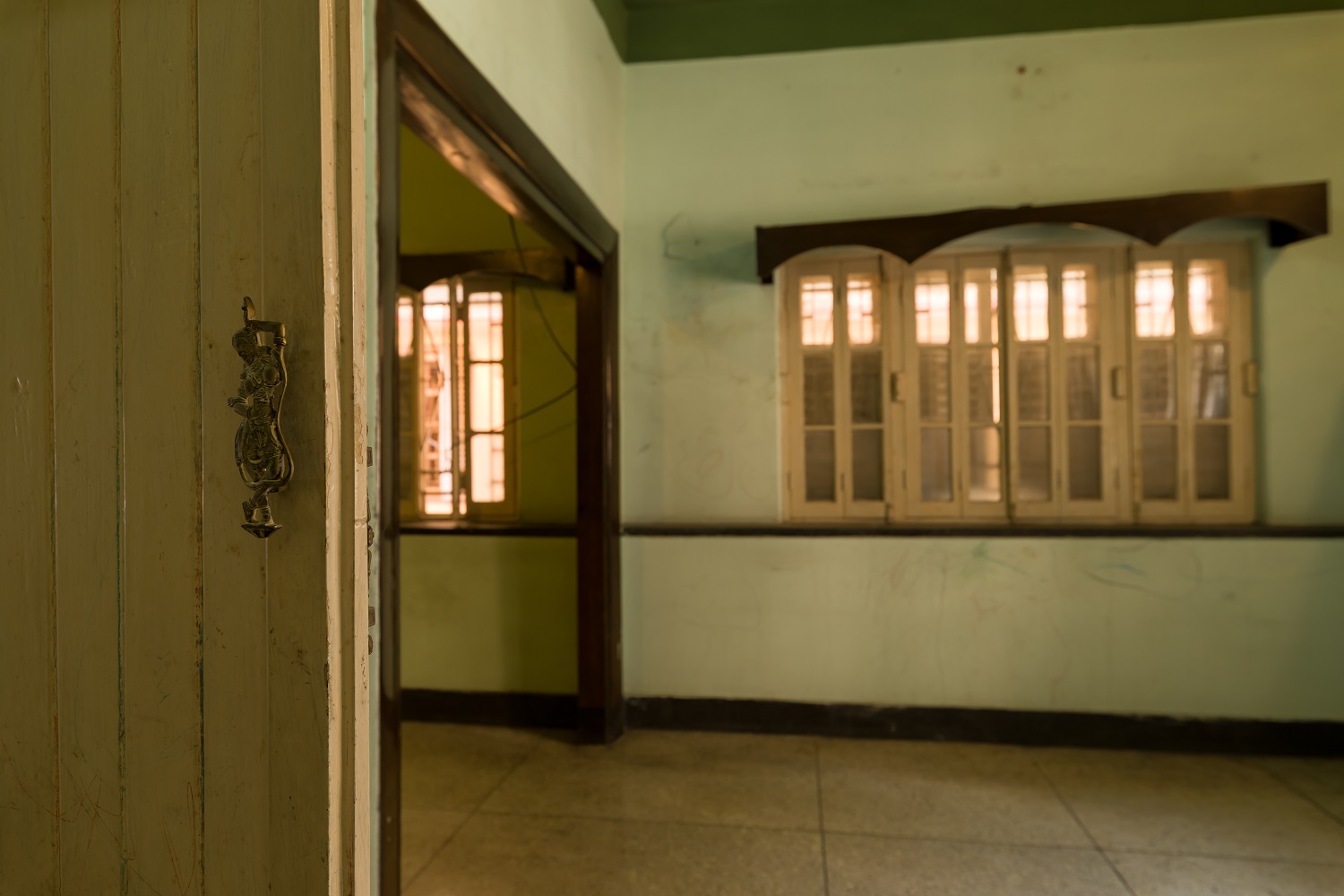
Jamini Roy's private living room
When the house was inhabited by the artist’s family and his grandchildren, they recalled that there was a constant momentum of people who visited the house from all around the world. Roads leading up to the house were often barricaded by the police, as remembered by Roy’s granddaughter Sanghamitra Roy— ‘The police always thought we were lying to enter a celebrity’s house, they would refuse to believe that we actually lived here!’…’Where do you think you are going? was a question that the police asked us children frequently, when we used to come home from school.’ |
|
Ella Dutta writes in Jamini Roy: Journey to the Roots that the artist was close friends with academic realists, and they would meet in each other’s houses and there were discussions on art over refreshments. These meetings were held on Thursdays. The house was also visited by many eminent personalities like Rabindranath Tagore, Atul Bose, Bishnu De, Gurusaday Dutt, Sharmila Tagore, Uday Shankar, Amala Shankar and many more. For Sanghamitra Roy, ‘The house always smelled of an intoxicating mixture of perfumes and cigars.’ |
|
|
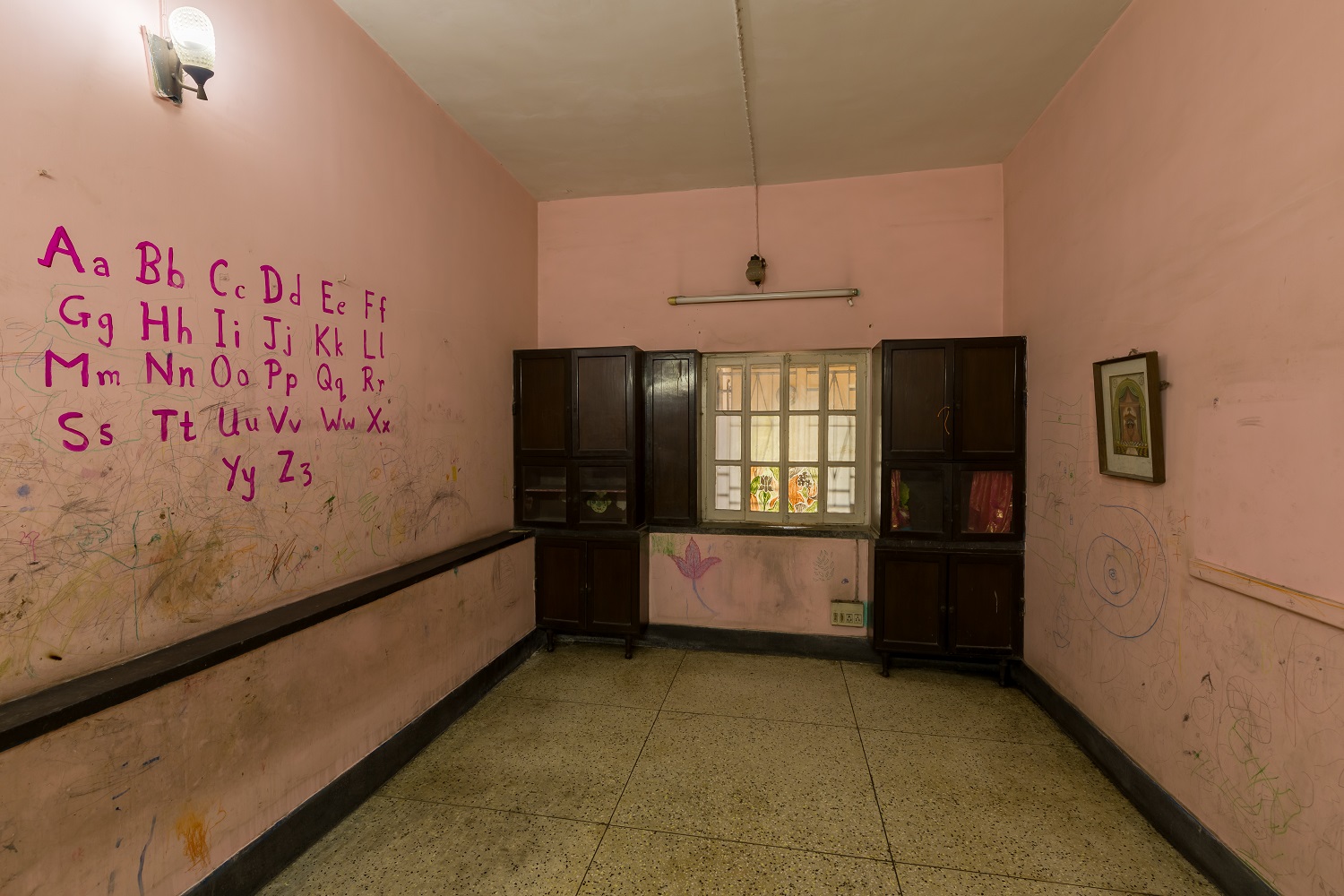
Jamini Roy's bedroom
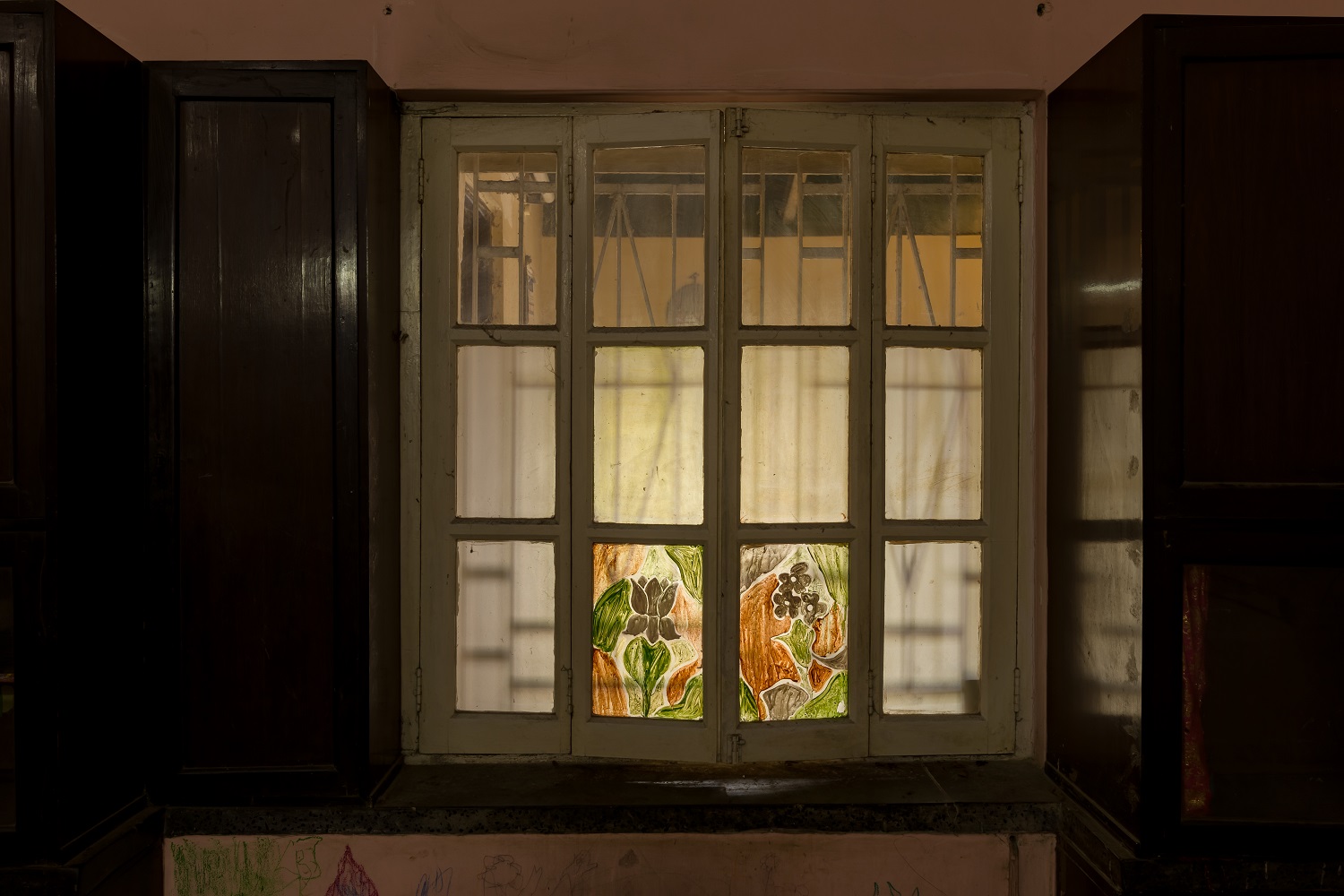
Jamini Roy's bedroom

Doodles fill the walls of the now empty house
Ella Datta writes in the same book ‘There is another anecdote from his boyhood about his attempts to create images. He would draw on the floor of an outer room where visitors were received. He would draw horses, cats and dogs and fill in the sketched outline with small coloured pebbles. The act of creating such images engrossed him. Very early in life he drew attention to his drawing skills.’
|
|
The house has several terraces overlooking the courtyard: a small terrace on the first floor with an aloe vera tree planted in a pot by the family; a second terrace that overlooks the first one and is divided into sections, with an iron staircase in one corner which leads the way to the roof, providing a view of the neighbourhood. The multiple-terrace structure is also a common feature in old south Kolkata houses. It creates a certain fragmented way of looking, where one cannot see the full picture at any point of time, making one wonder if that was something Roy was interested in. |
|
|
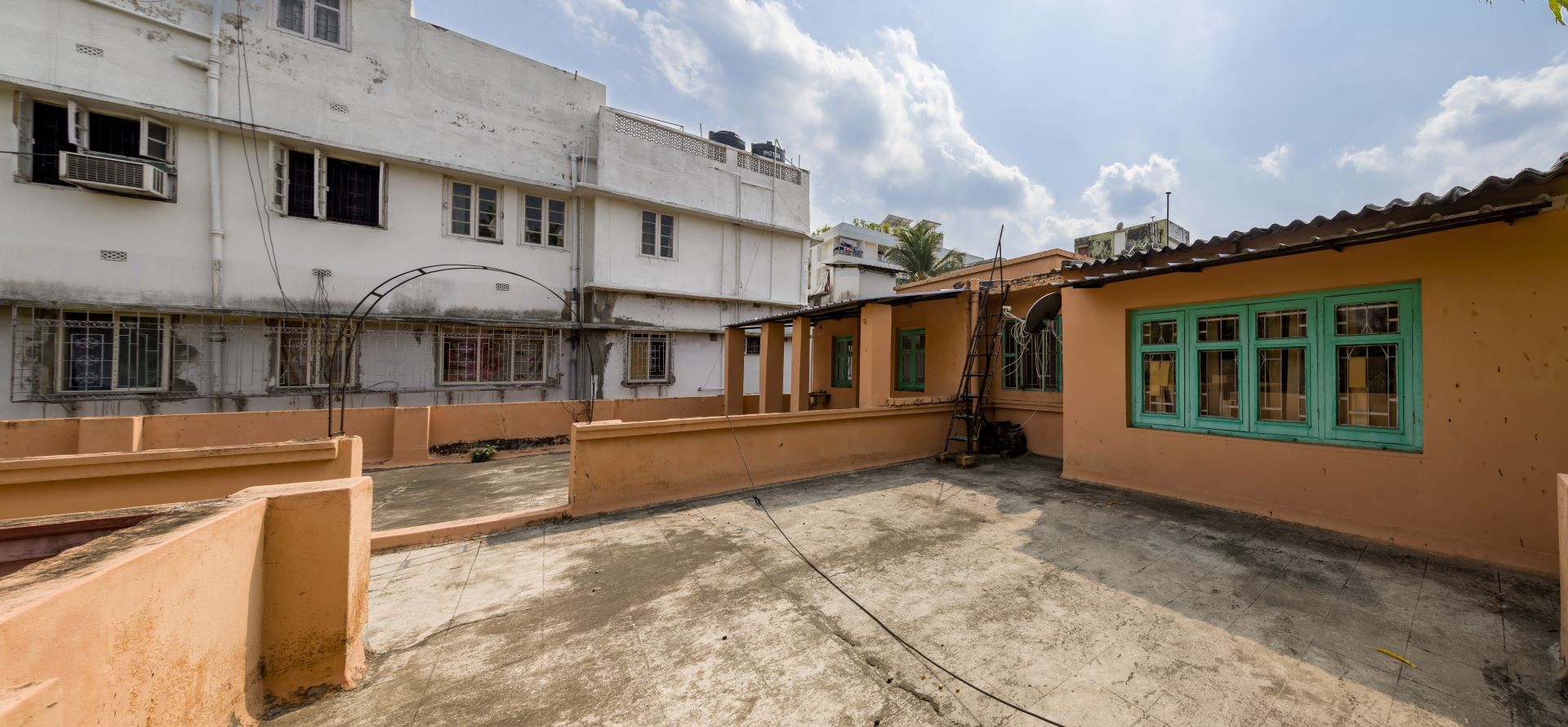
Terrace

Tiered balconies
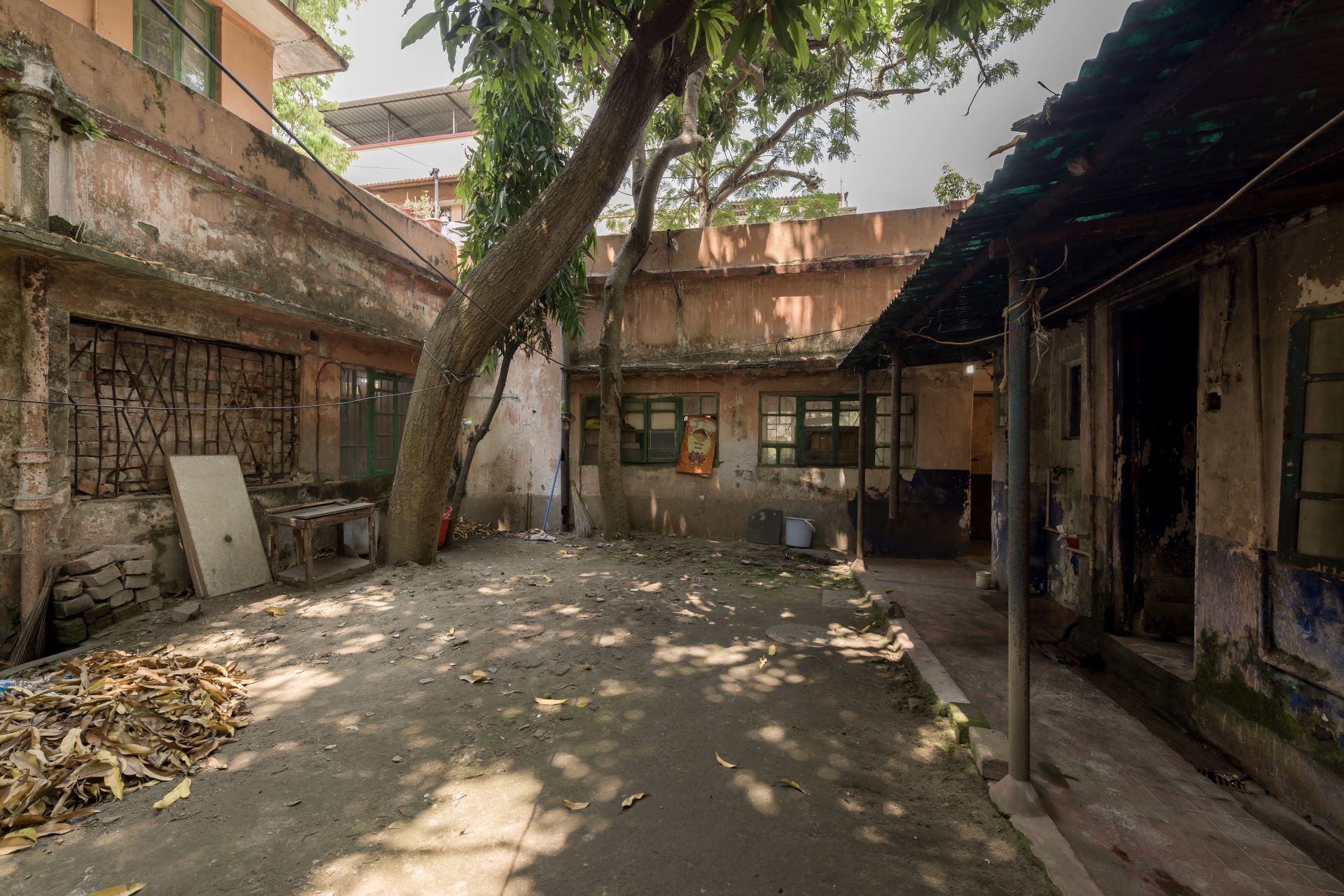
Another view of the courtyard
For Arkamitra Roy, ‘Shifting out of the house was the same as it is for everybody. Leaving behind a place where you have spent the majority of your life is a bittersweet experience–you are sad to leave the memories behind, there's a finality that this is the last time you will see the house, touch the walls, sit on the terrace...and yet, there's the excitement for how the house will look after the museum is completed. But unlike other people who sell their ancestral homes, we will keep coming back here to visit the museum, to see the art, have a cup of tea in the cafeteria... it's a feeling that can't be described adequately in words.’ |
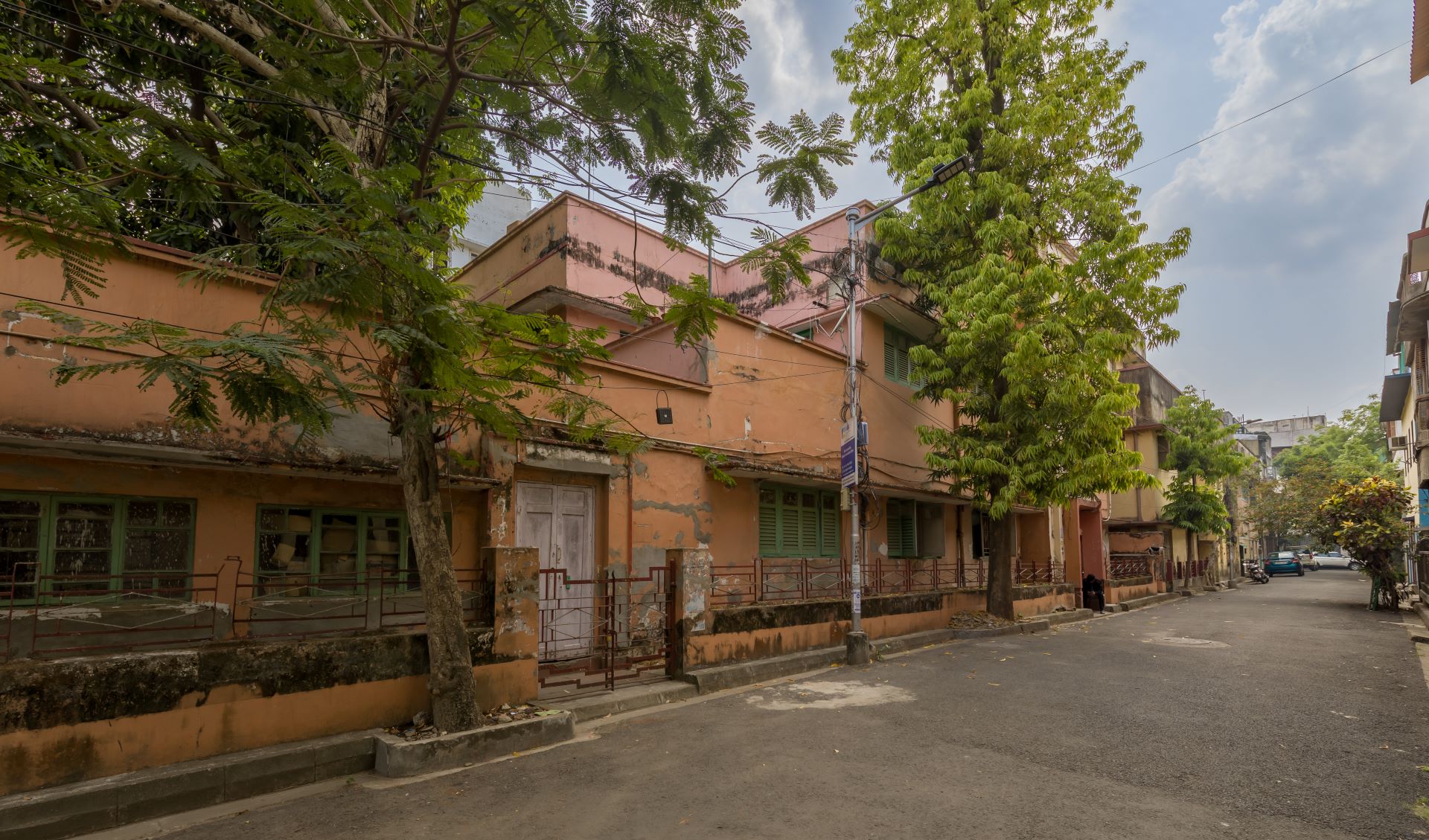
View from the street
FURTHER READING:
|


